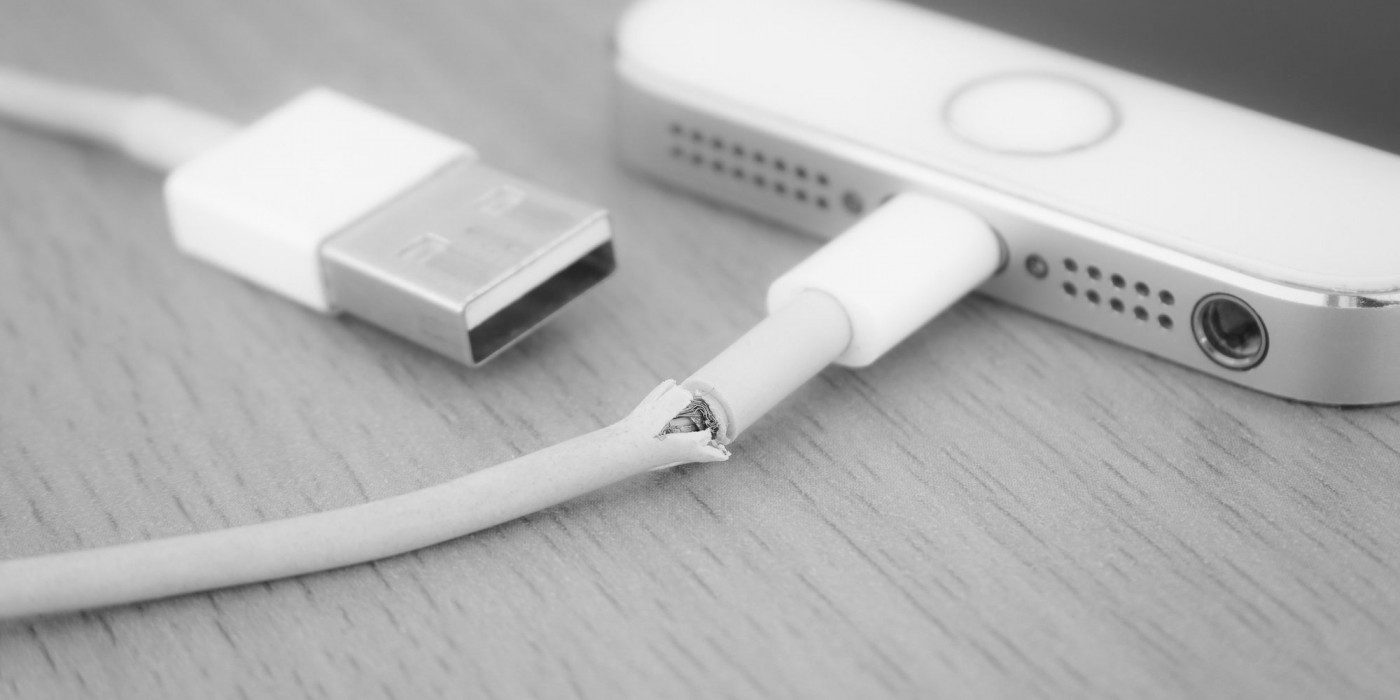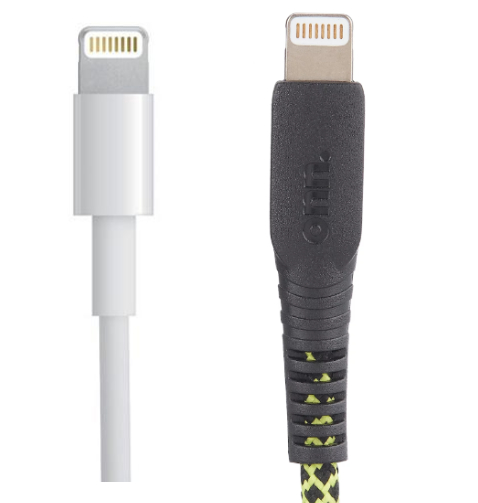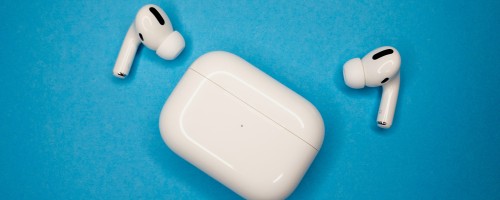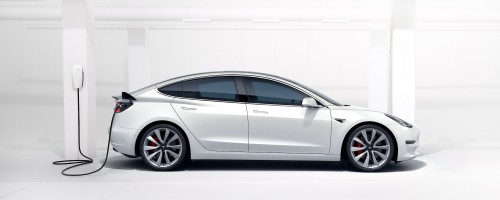Apple is famous for using white for their USB cables, charging cables, adaptors and wired headphones, while many other brands often opt to use black. While their cables look good, a very common complaint among iPhone, iPad and Macbook users is that parts of the cable turn yellow and start disintegrating after some time.
Why does this happen with Apple cables but not with cables from other brands? And how to avoid it.

Apple uses a different plastic
As old time users may remember, before 2009 cables used to last longer and wouldn’t turn yellow like they do today. What changed in 2009? Apple stopped using PVC on lots of their products for environmental reasons and with it the colour also changed from light grey to white.
While the reason was good, in practice the replacement material doesn’t seem to last as long. It also doesn’t seem to deal as well with the bending, pulling, and finger touching that comes with normal usage.
The touching bit is important here. The parts that usually fail are close to the part that connects to your device (or charger), or in other words, the part we hold with our hands. The sweat and oils our skin produce doesn’t seem to play nice with the type of plastic Apple uses, nor do some cleaning (eg: wipes) and skin care products.
The result is a plastic that turns yellow and (sometimes) green-ish after some time. The next step is the failure of the plastic itself, which usually exposes the cables underneath.
3rd party cables – even cheap ones – usually last longer because they use different materials (eg: PVC). Braided cables, which often use nylon or other type plastic, seem to particularly endure heavy usage well.
Apple uses a weak design
This is s very old complaint.
If you look at 3rd party cables, they’re often a bit bulkier and the bit that connects to your iPhone or Mac is longer/wider. A bigger/longer connector allows users to better hold it, while smaller connectors force users to hold more of the cable.
Apple also likes to make products that look good and reduces or completely removes the strain relief bits (the part between the connector and the cable itself) from their cables. This puts the junction between the cable and the connector/port under stress when we bend or pull the cable.
On the left: The original iPhone lightning cable. On the right: a 3rd party braided cable made with a long stress relieve area between the connector and the cable.

Looking at this side by side comparison, it’s easy to understand why the cable on left doesn’t last as long as the cable on the right.
Hardware failure (be careful)
While this article is about why the cables fail, it’s important to be aware of the dangers of using damaged cables.
In their page about chargers, Apples warns about the dangers of using damage cables. If under warranty, you may be able to receive a replacement cable.
Please be very careful and seriously consider replacing your cable or charger if they get yellow, overheat, have exposed wires or spark. Contact Apple or go to an Apple store if you need guidance.
Tips for your cables to last longer
For the original Apple cables:
- Avoid pulling the able. Try to hold and pull on the connector/port.
- Avoid bending the cable too much as this creates some stress.
- Buy attachable cable stress relieve bits to the cable.
- Clean your fingers before touching the cable.
- Avoid using cleaning products and wipes to clean the cable as they may damage the plastic.
- Don’t leave the cable in the sun, inside hot places (eg: a car in a hot day), cold or rain.
In case you decide to buy cables from other brands (probably easier):
- Pick a trustable brand. Sometimes they’re more expensive, but you get what you pay for.
- Choose cables that are reinforced in areas prone to damage (eg: both ends of the cable).
- Consider using a braided cable. They’re often thicker, but also last longer and don’t visibly age as fast.
- Like the original cable, try to reduce bending and pulling.
Conclusion
In this article we mentioned a few reasons why Apple cables don’t last long, turn yellow and start disintegrating.
If Apple is truly interested in protecting the environment, making long lasting cables would be a great step in that direction. While this is an old problem, we hope they make an effort to improve this.
2021-08-13 // Others // 0 Comments



Comments: